I’ve already covered the topic of CSS animations before, however, in that article, I was mostly focused on custom examples. If you have the time and resources, working with @keyframes can be a lot of fun, but for actual projects, it’s best to stick to libraries that provide that animation logic out of the box.
This article covers the most popular CSS animation libraries. These are specifically built as CSS-first, so in most cases, all you have to do is reference the library and then apply the custom classes to your elements.
Also, I have provided a GIF example for each library, but remember that the GIF showcases only a small portion of what each library can do. I’ll try and document each library’s strengths as best as I can, but I encourage you to check each library yourself to see all of the demo examples!
Lastly, if you’re interested – I have covered a similar article for JavaScript; check it out here.
animate.css
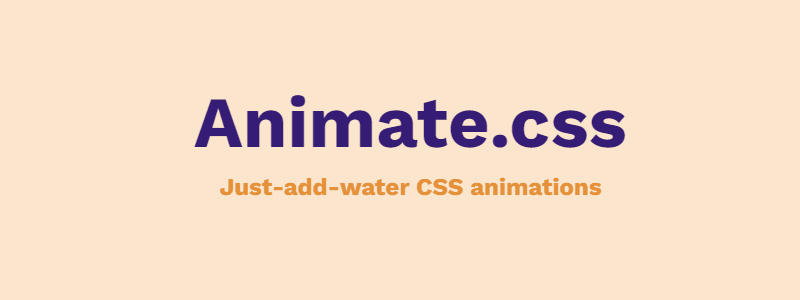
At its core, animate.css is a collection of pre-built CSS classes that you can use to apply animations to HTML elements on your web page. You simply include the library in your project, add the appropriate CSS class to an HTML element, and the animation is applied automatically.
The library contains over 70 different animation classes that can be used to create a wide range of animations. These include basic animations such as slide, fade, and bounce, as well as more complex animations like flip, roll, and zoom. You can also customize the animations by adjusting the timing, duration, and other properties using CSS.
You can also use a library like WOW.js to apply various scroll effects.
loaders.css

Loaders.css is a lightweight library that offers a range of loading animations designed to enhance the user experience of web projects. Developed by Connor Atherton, the library is built with CSS and includes a range of pre-built loading animations that can be easily integrated into any web project.
Unlike other libraries that require significant setup and configuration, Loaders.css requires only a few lines of code to get started. With just a few minutes of work, you can have a fully functional loading animation that adds an extra layer of visual interest to your site.
Another advantage is the sheer number of loading animations available. With over 50 different styles to choose from, you can be sure that you’ll find something that suits your needs. Whether you’re looking for something classic and understated or something more vibrant and eye-catching, this library is worth checking out.
You can preview all the animations on this site, since the official demo doesn’t work.
Magic
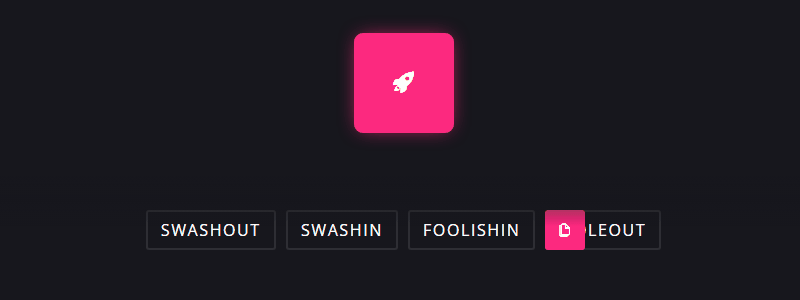
Magic is a lightweight and easy-to-use CSS animation library that allows you to add various effects to web pages with just a few lines of code. The library includes a variety of animation styles, including zoom, fade, bounce, flip, and more.
You can add the library to your project by including the CSS file in the head section of the HTML document and then adding the appropriate classes to the elements you want to animate. The library is also customizable, allowing you to adjust the animation duration, delay, and other parameters to achieve the desired effect.
Hamburgers
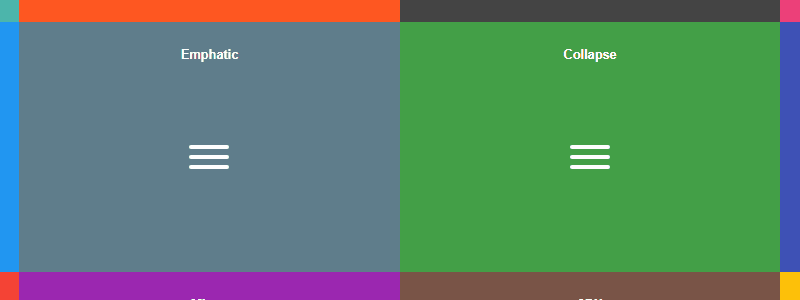
Hamburgers offers a range of animated icons that are easy to implement in your project. These icons are designed to be simple, stylish, and user-friendly. The library offers a wide range of styles that can be customized to fit your project’s specific needs.
The library’s documentation is well-organized and easy to navigate, making it easy to find the information you need. The documentation also includes code snippets, making it easy to get started with the library.
Hover.css
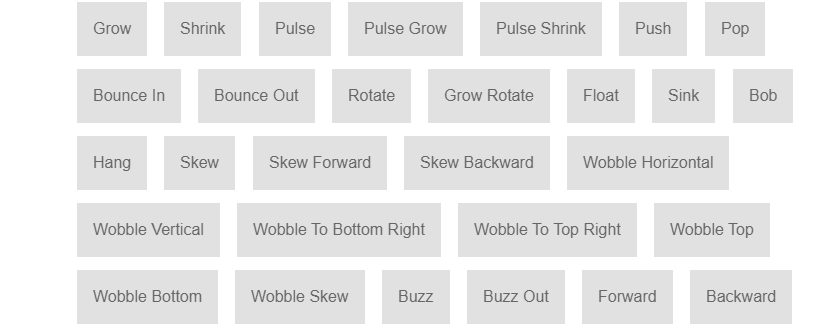
Hover.css is a CSS library created by Ian Lunn, that allows you to add visual effects to HTML elements on hover, without the need for JavaScript or other complex coding. The library contains a wide range of animations and transitions, making it easy to add interactivity and visual interest to your project.
You can simply add the library to your project and apply the desired hover effect to an HTML element by adding a class to it. For example, adding the class “hvr-float” to a button element will make it float when the user hovers over it.
Hover.css also has a wide range of effects to choose from, including basic transitions like fading and sliding, as well as more complex animations like pulsing and shaking. This variety makes it easy to find an effect that fits the design aesthetic of your website.
Izmir

Izmir is a lightweight CSS library that adds dynamic effects to your website’s images. With this library, you can create stunning and interactive image hover effects, adding a touch of professionalism and creativity to your website’s design.
The library takes its name from the city of Izmir, located on the western coast of Turkey, known for its vibrant culture and coastal views. Like the city, this library aims to offer a unique and engaging experience to the user.
Izmir offers several customizable effects that can be applied to your images, including rotation, zoom, and scale, among others. These effects are activated when the user hovers over the image, providing a dynamic and interactive experience.
To use Izmir, you only need to include the CSS file in your website’s header, and you’re ready to go. The library offers various customization options, including the duration of the effect and the degree of rotation, among others. With a little bit of CSS knowledge, you can also adjust the effects to fit your website’s unique style.
mimic.css

Mimic.css is a lightweight, minimalistic, and customizable CSS animation library that can add a touch of interactivity and engagement to your website or web application. With its simple yet powerful animations, you can add subtle, sleek animations to your projects without sacrificing performance or bloating your codebase.
All Animation
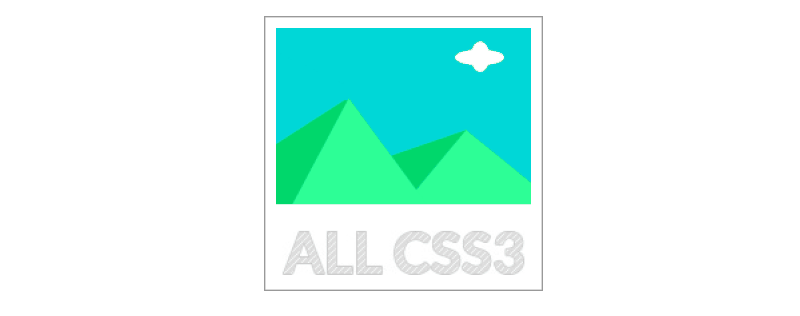
This library covers effects such as bounce, fading, jello, rotations, vibrations, and wobbles. The library can be referenced directly, but you can also get t from NPM to use with your favorite front-end framework.
AnimXYZ
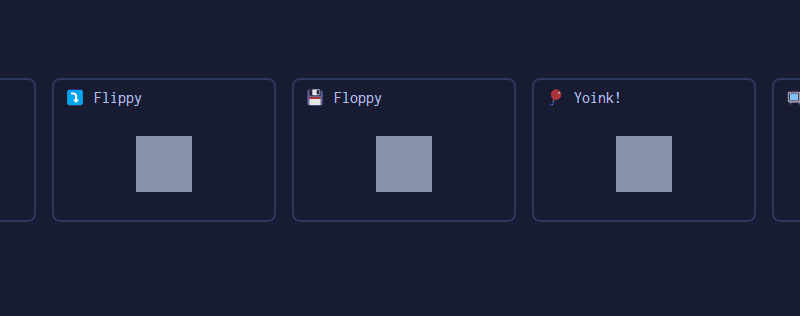
I recently had the chance to try out the AnimXYZ library, and I have to say, I was impressed! As someone who’s always looking for ways to add more animation and interaction to my websites, AnimXYZ really hit the mark.
What I love about AnimXYZ is how easy it is to use. With just a few attributes, you can create all kinds of animations and effects on your elements. And if you want to get more advanced, you can dive into the SCSS source and customize things to your heart’s content.
Another big plus for me is how well AnimXYZ integrates with other JavaScript frameworks. I’m a big fan of React, so it was great to see that AnimXYZ has a React integration that makes it even easier to use.
But what really sets AnimXYZ apart, in my opinion, is its composable nature. You can combine different animations together to create really complex effects, all with just a few lines of code. And the library is so performant that the animations are always silky smooth, even on slower devices.
vov.css
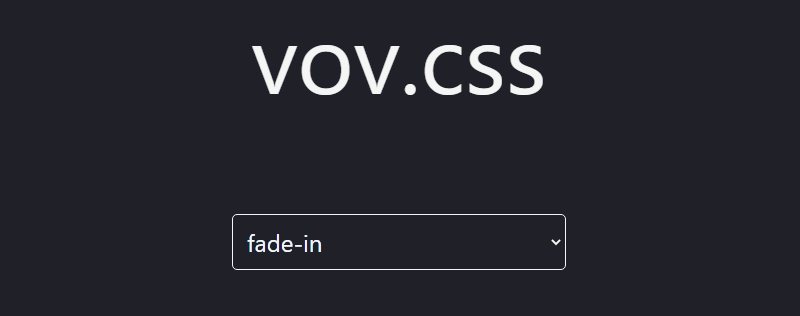
The vov.css library covers a vast array of animation types. These included fades, rolls, shaking, blur, sliding, zooming, and a few others.
All you have to do is reference the library and then apply the custom class.
Summary
In wrapping up, CSS animation libraries offer a robust solution for those looking to enhance user engagement without delving deep into custom animations. From Animate.css’s broad appeal for quick transitions to Magick’s feature-rich approach, these libraries hold distinct advantages.
Yet, one must weigh these against potential trade-offs, such as file size or learning curve. While it’s easy to be enticed by a library’s flashy demos, it’s critical to scrutinize how well it aligns with your project’s needs. After all, the right tool for the job saves both time and headaches down the line.
